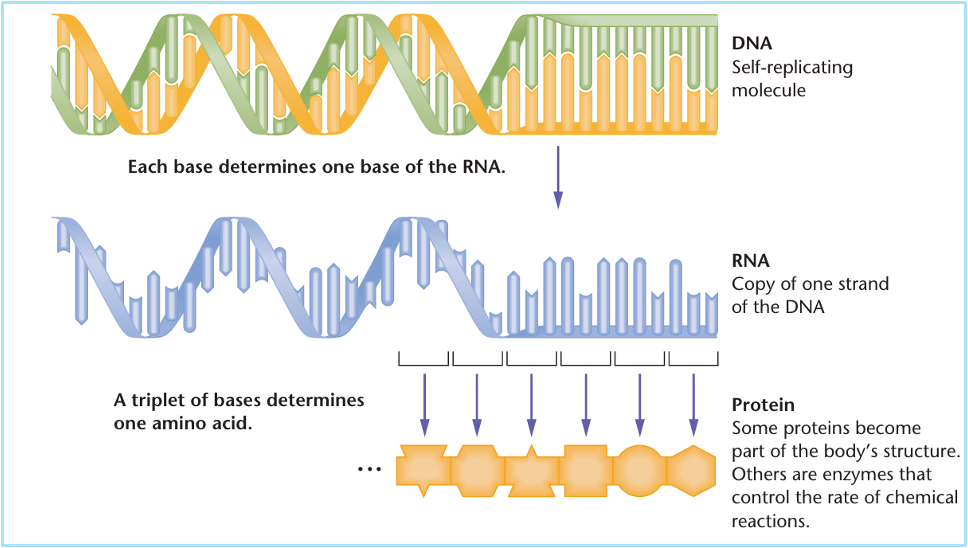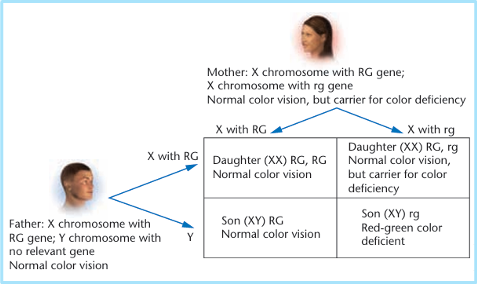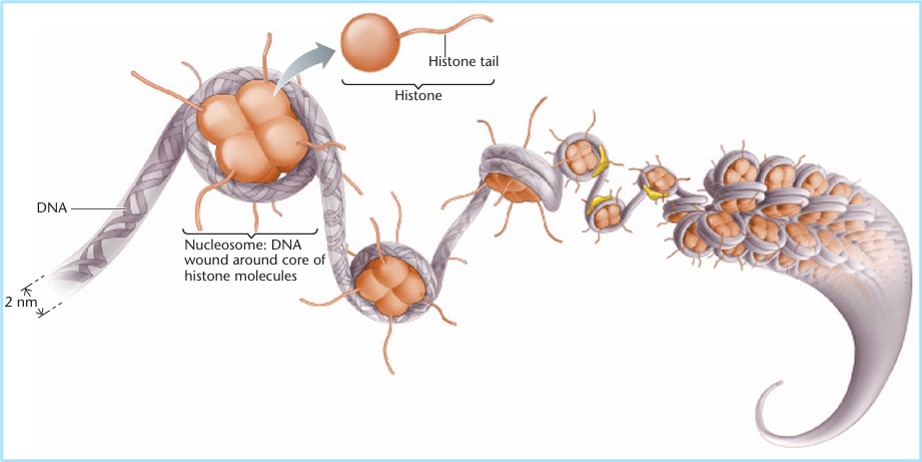Lecture 4.1: Genetics and Heritability
1/34
There's no tags or description
Looks like no tags are added yet.
Name | Mastery | Learn | Test | Matching | Spaced |
|---|
No study sessions yet.
35 Terms
Genes
• Units of heredity that maintain their structural identity from one generation to another.
• Can also change through duplication or deletion.
• Can influence brain development, but it can influence behavior even without being expressed in the brain.
Chromosomes
Strands of genes; mostly come in pairs except X and Y chromosomes in male mammals.
Deoxyribonucleic Acid (DNA)
Double-stranded molecules that are building blocks of chromosomes.
Ribonucleic Acid (RNA)
Single-strand chemical synthesized from the DNA.
DNA —> RNA —> Protein

Homozygous
Same gene on two chromosomes.
Heterozygous
Unmatched pair of genes.
Dominant Gene
Exerts a strong effect in either the homozygous or heterozygous condition.
Recessive Gene
Exerts its effects only in the homozygous condition.
Outcome of a Single Trait
Cannot be associated to a single gene.
Changes in the Environment
Can increase or decrease the expression of a gene.
Sex-Linked Genes
Genes on the sex chromosomes.
Sex-Limited Genes
Present in both sexes but active mainly in one sex.
Sex-Linked Genes & Sex-Limited Genes

Mutation
• Heritable change in a DNA molecule.
• Most mutations are harmful, except if in response to environmental changes.
Epigenetics
• It deals with the changes in gene expression.
• Experiences can produce epigenetic changes, altering gene expression in the brain.
Epigenetic Changes
Can be inherited, at least for a generation or two.
Severe Traumatic Experiences in Early Childhood
Decrease methylation of many brain genes, increasing the later risk of depression or post-traumatic stress disorder (Klengel et al., 2013).
Decreased Methylation
More expression of genes.
Graph of Histone

Histones
Bind DNA into a shape that is more like string wound around balls.
Acetyl group
Attached would loosen histones’ grip on DNA (Gene expression).
Methyl Group
Attached = Tighten = Gene inhibition
Heritability
• If the variation depends largely on genetic differences, the characteristic has high heritability.
• Ranges from zero, indicating no genetic contribution to the variation, to one, indicating complete control.
• Any similarities in behavior among biological relatives imply hereditary influence.
Twin Studies
Researchers relied mostly in this type of study in understanding a characteristic’s heritability (and “virtual twins” as well).
Environmental Interventions
Even a trait with high heritability can be modified (e.g., phenylketonuria or PKU).
Heritable
Does not mean unmodifiable.
Charles Darwin
Preferred descent with modification rather than evolution.
Evolution
A change over generations in the frequencies of various genes in a population.
Evolutionary Psychology
• This field concerns how behaviors evolved; it emphasizes evolutionary and functional explanations.
• Any behavior characteristic of a species must have provided an advantage, at least in ancestral times (e.g., goosebumps, infant grasp reflex).
Grandmother Effect
Women go through menopause and stop reproducing around age 50, on average, but they are likely to live for decades after that.
Kin Selection
Selection for a gene that benefits the individual’s relatives.
Natural Selection
Can also favor altruism toward other relatives (Dawkins, 1989; Hamilton, 1964; Trivers, 1985).
Reciprocal Altruism
Individuals help those who will probably return the favor; anyone who helps others builds a good reputation.
Group Selection
Altruistic groups thrive better than less cooperative ones (Bowles, 2006; Kohn, 2008).